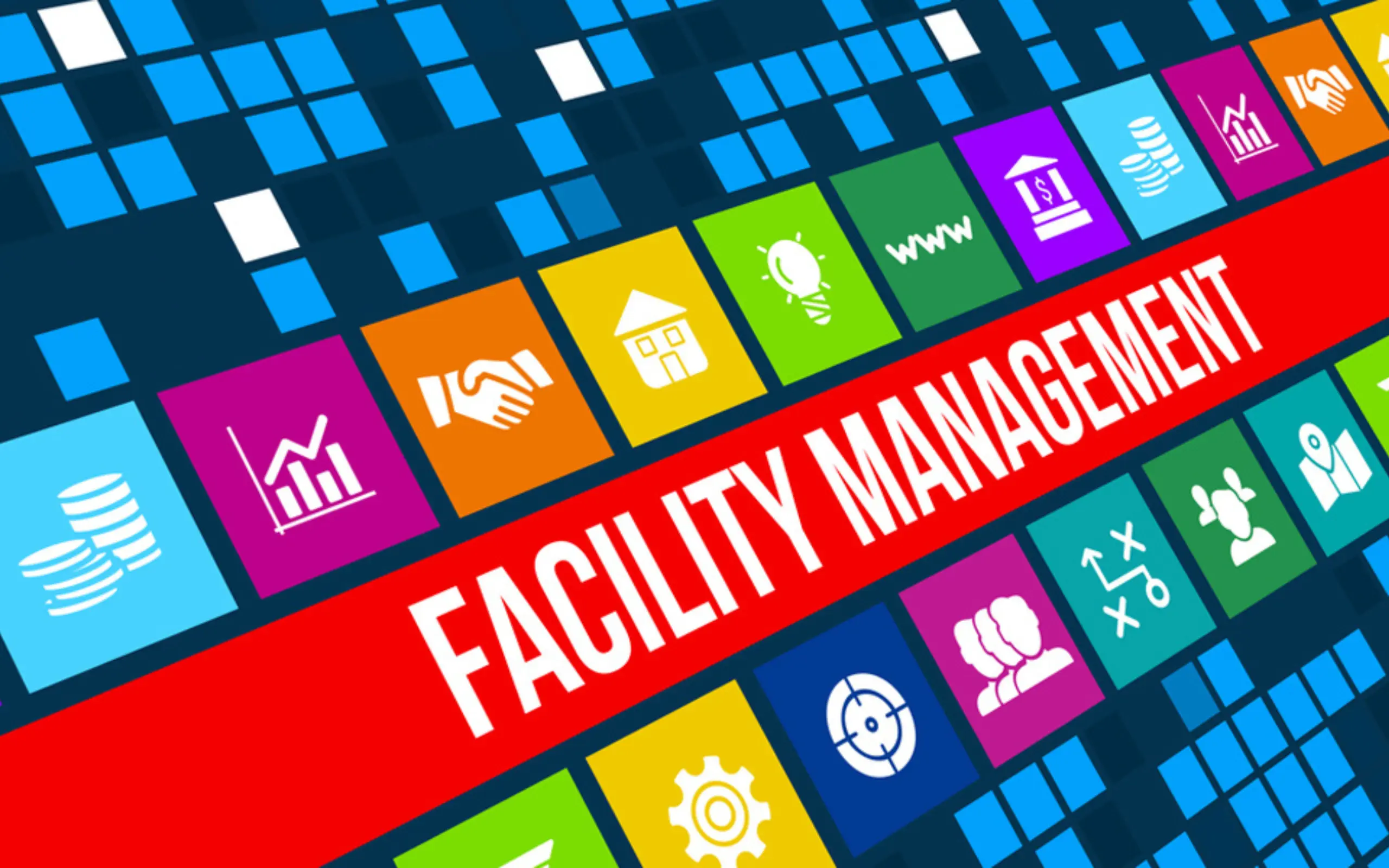The essence of providing quality facilities management lies in achieving a significant measure of satisfaction while ensuring business continuity. This generates long-term costs savings by applying whole life costing and risk management techniques.
The application of an analytical and systematic approach helps determine and deliver the agreed levels of service activities that are required to manage, operate, maintain and support a facility while ensuring a clean and safe environment.
The overall goal for any services provider must be to generate value and offer solutions to clients’ business challenges by achieving an optimum balance between people, physical assets and technology.
The priority must be to fulfil the objectives of the client, which is essentially the sole criteria for ascertaining good value. A services provider must aim to provide solutions that strike the most cost-effective balance between capital and running costs and minimize the risk of the facility’s failure or loss of functionality.
Facilities management must be an integral part of the design and construction of real estate assets, spanning contract management, financial management, change management, human resource management and health and safety, in addition to core building maintenance, utility supply and domestic services (such as cleaning and security).
There is a growing need for wider recognition of the contribution this can make to the success of the overall design and procurement, which are crucial for creating sustainable and superior maintenance regimes.
The need of the hour, as far as the building industry is concerned, is to adequately respond to rising pressures to cut costs, increase profits and improve existing service standards.
Increasing awareness of and appreciation for facilities management has led to an exponential growth of the global industry, which is now worth an estimated $900 billion, with an annual compounded growth of over 8% expected to transform it to a $1 trillion industry by 2025.
Integrated facilities management is increasingly being adopted by leading real estate management companies and multinational firms to help manage workplaces and people and integrate relevant processes and mechanisms.
It delivers a significant benefit for owners and managers of real estate assets, wherein a single service provider integrates all roles from hard to soft services under a common management platform, providing an integrated approach to operate, maintain, improve and adapt existing building infrastructure.
This creates an environment that strongly supports and helps to meet building sustainability goals.
While the industry is experiencing sustained growth, it should embed sophisticated innovation and concentrate on adapting technical skills that circumvent identified systemic vulnerabilities by robust benchmarking to help organizations identify service gaps and provide both strategic and practical solutions.
Some of the critical factors influencing a shift in the global industry—such as value for money and customer-oriented service delivery—require a nimble and far-sighted approach.
The tangible benefits offered by quality facilities management services are especially relevant in the current environment of regional fiscal austerity, as an integral tool for containing and managing building management costs.
Rapid and exciting developments in technology such as Computer Aided Facilities Management (CAFM) and Building Information & Management Systems (BIM/BMS) are achieving positive results and leading an evolution.
BIM/BMS that harvest data from many different building systems such as CAFM, CCTV, HVAC, fire alarm, access control and security systems are helping in planning and managing a predictive maintenance at lower costs.
Historically, the emergence of new technologies and innovations have influenced cost rationalization and productivity optimization while also simplifying key activities such as response times on service requests, management of versatile property portfolios, scalable strategic plans, information sourcing, verification and cross interface with other data and organizational systems.
A quality strategy must identify and translate the organizational objectives and requirements that will meet clients’ needs by optimizing the performance of facilities. Implementations must be positioned as profit centres that drive the effective influencing of human behaviour through exceptional services.
It is now time for the industry to build its own distinctive knowledgebase for the widespread adoption of best practices, to advance the industry and bridge the gap between its inherent potential and current performance.
The traditional gap between the promised and actual performance must be treated as a major threat that results in trust deficits between clients and service providers.
Organizations must strengthen the macro role of facilities management, which should not be limited to the best practice exercise. An investment in facilities management services must be treated as an investment tool, to be used as an asset that adds value, yield returns and is critically linked to the overall business strategy.
This will enable clients to achieve business goals and objectives through the seamless integration of facilities into their operations and strategy.
Source: Forbes Middle East
